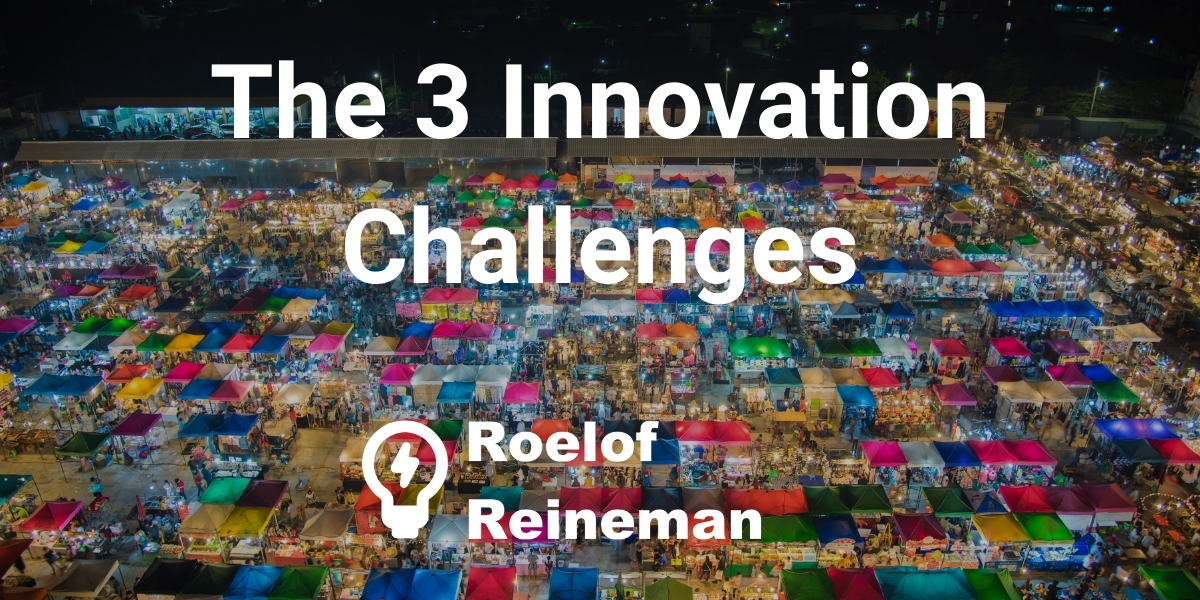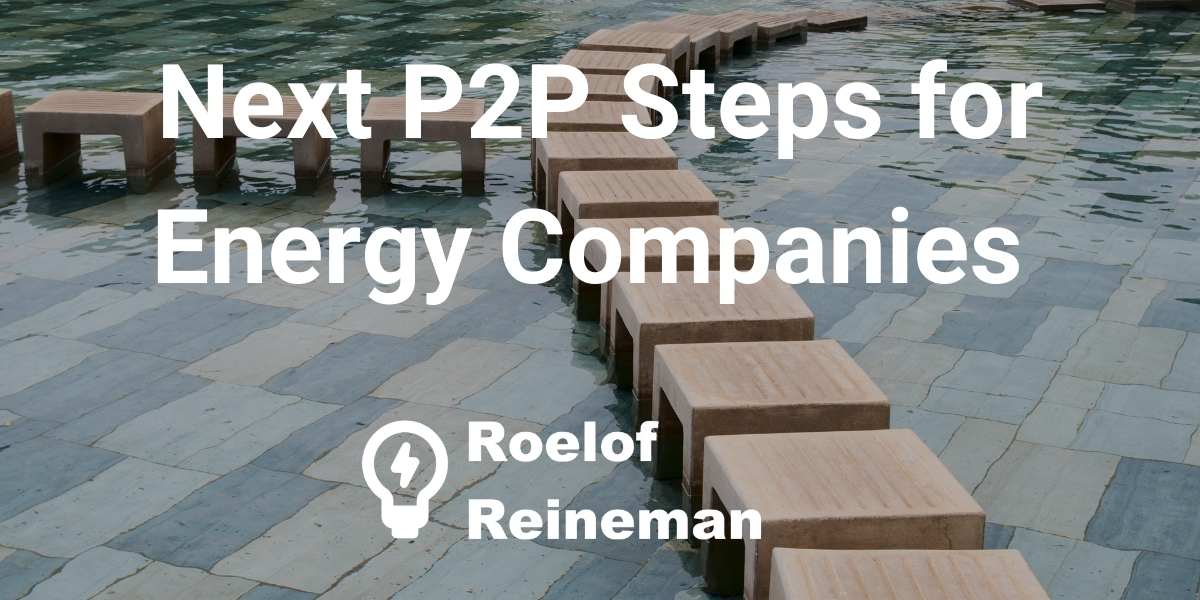
Initially, with blockchain in the energy space, the most common use cases have been Peer-2-Peer trade and the Renewable Energy Certificates cases, more commonly referred to as P2P and REC. When you looked up any announced blockchain project from an energy company, it usually had a focus on one of those two, or both.

Flexibility
Gradually we see other cases now also being explored, and a big trend as I view it is the coming of the flexibility focusses use cases. This is where a blockchain project concentrates on balancing the grid, recording transactions to/from a battery, or directly steering an asset to produce/consume at a different level.
P2P Flexibility
In a way, with a P2P like a marketplace, one could also help to balance the grid. To do so, you would have to use the pricing mechanism as an incentive for nodes in the blockchain network to go on or off, respectively. And yes, it might be acceptable to leave it to a pricing market to balance the grid. It is probably not the most robust solution, so I'm glad this case is getting more attention now.
Notable Flexibility Examples
The two most notable examples in the Flexibility space are the EW Flex from EWF and the recently announced Equigy platform by European TSOs Tennet, Swissgrid and Terna, powered by Hyperledger and the help of IBM.
Are you involved in developing these kinds of applications, or would like to explore these concepts together with me, feel free to reach out!




